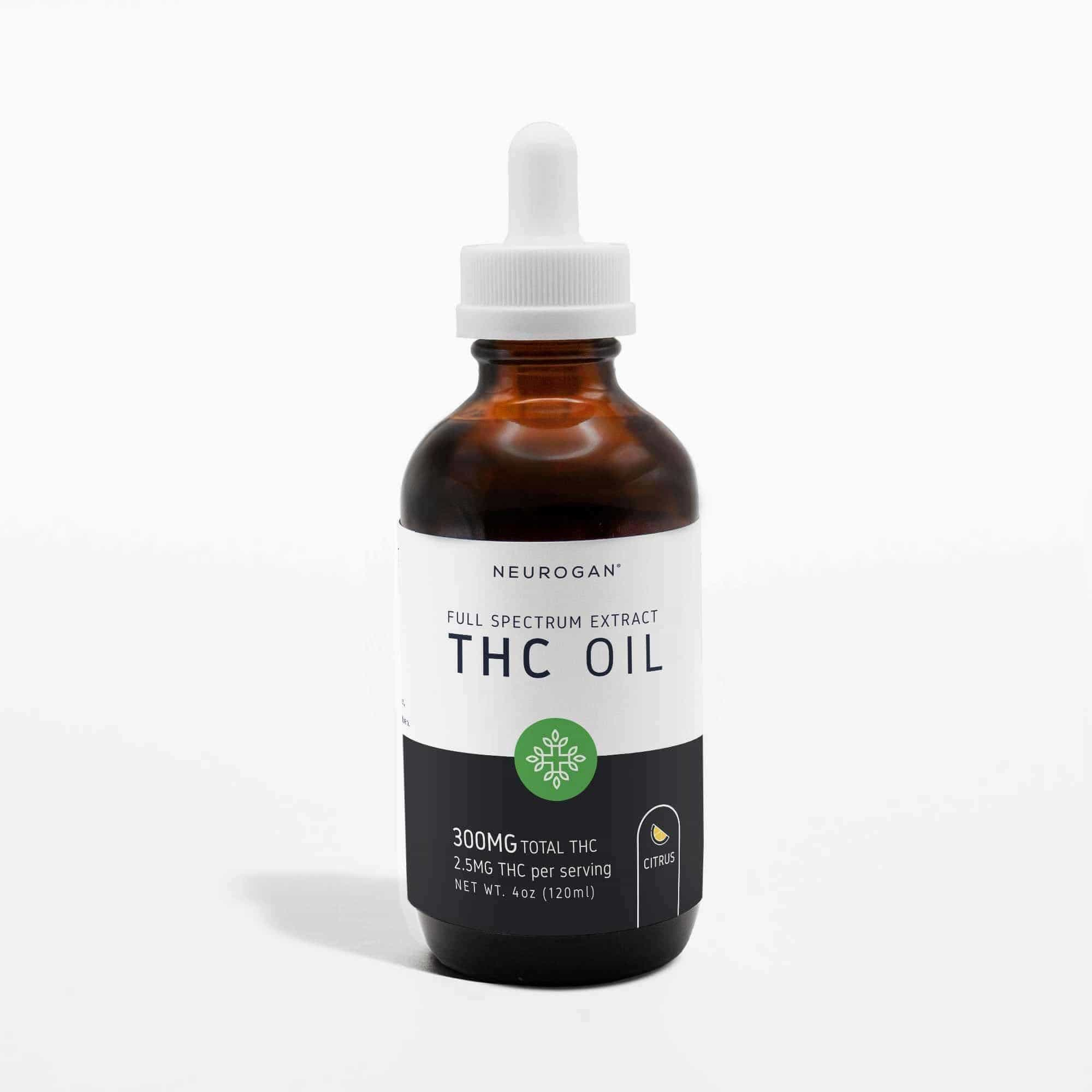THC Tincture
Our THC Tinctures are available in pure THC and full-spectrum blends that expertly combine the finest cannabinoids together. All tinctures are lab tested & checked by our team, to prove that they are both the strongest & purest tinctures for sale.
Delta-9 Products Delta-9 Gummies Online RSO ProductsFilter and sort 3 products

Premium & Pure Delivery

Strong, Legal & Homemade TInctures
 2018 Farm-Bill Compliant
2018 Farm-Bill Compliant 2018 Farm-Bill Compliant
2018 Farm-Bill Compliant 2018 Farm-Bill Compliant
2018 Farm-Bill Compliant🏆 We are the #1 CBD Oil - Best Value
0.1
0.075
0.05
0.025
$/MG CBD



